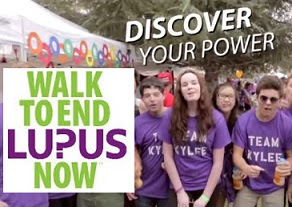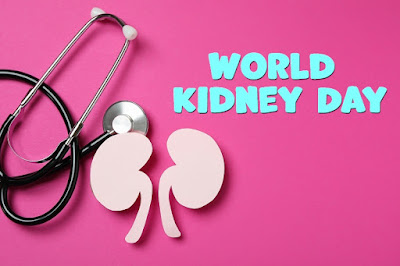 |
| The symbol of awareness of the endless spectrum of autism. This icon replaces the previous icon, a movie with colorful puzzle pieces, which many adults did not like on the autistic continuum. |
Printable coloring pages for kids and adults, worksheets for kindergarten kids, preschoolers and low grades on many different topics, games and exercises on many subjects, mandalas, hobbies, gifts, greeting cards, animations and glitters, health and good life tips, beautiful and moving stories and sentences.
Autistic Pride Day- June 18
World Blood Donor Day - June 14
Fibromyalgia Awareness Day- May 12

World Lupus Day - May 10

National Barrier Awareness Day - May 7
Purple day for awareness of epilepsy - March 26

Down Syndrome Day - March 21st
World Down Syndrome Day (WDSD), which falls on March 21, is a World Awareness Day that has been officially observed by the United Nations since 2012. The goal of Down Syndrome Day is to raise awareness that people with Down Syndrome can be integrated into society, to make their voices heard And fight for their rights.
The date 21 in the third month (March), was chosen to mark the uniqueness of the trisomy 21st chromosome that causes Down syndrome.
Down syndrome is due to the fact that in the DNA of every cell in the body there are three copies of chromosome number 21, instead of only two. The syndrome was first described by John Langdon Down in 1866 and is therefore named after him.
Down syndrome sufferers usually have a unique appearance that includes slanted eyes, small ears, a flat face and a broad forehead, straight hair, a short neck and a lower-than-average height. They used to be called Mongols because of their resemblance to the Mongol people.
People with Down Syndrome may also suffer from low IQ, between 40 and 75 IQ, childishness and lack of independence and verbal impairment. They may also have heart defects. The syndrome cannot be cured, but the syndrome can be diagnosed already in pregnancy, using ultrasound tests: in Nuchal scan tests and systems review and in amniotic fluid test.
In recent years, there has been progress in the treatment methods for children who have Down Syndrome and they are able to achieve achievements that allow some of them to integrate into society. Their life expectancy now stands at 60 years, unlike previous years (in the 1980s it was only 25). In order for them to be able to progress and recover, they need adapted medical care, a normative and enriching environment and intensive care from an early age.
World Kidney Day - The second Thursday in March
Dress in Blue Day - The first Friday in March
 |
| In the photo: A guy dressed as a blue star during a happening to raise awareness of colon cancer, on the first Friday in March, in the USA (Source) |
Rare Disease Day - 28 February
International Day of Zero Tolerance for Female Genital Mutilation- February 6
style="display:block"
data-ad-format="fluid"
data-ad-layout-key="-g7+t-3o-an+x9"
data-ad-client="ca-pub-8152220688286833"
data-ad-slot="7257876051">
style="display:block"
data-ad-format="fluid"
data-ad-layout-key="-g7+t-3o-an+x9"
data-ad-client="ca-pub-8152220688286833"
data-ad-slot="7257876051">
Cancer Day - February 4th
World Autism Awareness Day - April 2
World Health Day - April 7











